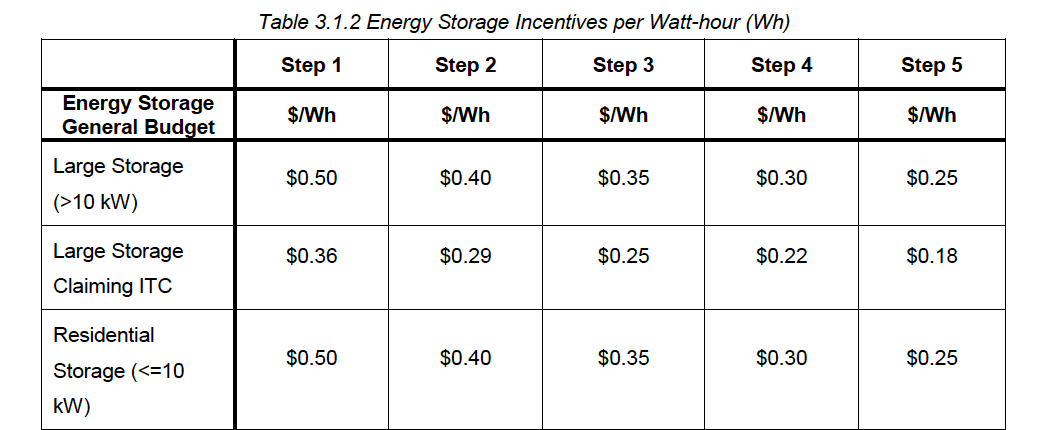
Now, three years of work has come to a halt with the company’s announcement that they are refocusing and exiting the home energy storage market.
A Summary of Mercedes’ Home Storage Story
Mercedes-Benz Energy Americas, the LLC created to spearhead Daimler’s battery efforts, had hoped that its global recognition, existing supply chains, and luxury connotations would help it compete with Tesla’s dominance in the market. The company partnered with major solar installation company Vivint Solar, creating another channel to reach potential customers.
Daimler envisioned using the same battery design in both their electric vehicles and residential storage systems. The company hoped that leveraging the synergies between the two systems would reduce costs.
Pricing Problems Persist for Luxury Manufacturer
Battery prices exceeded projections, however, ultimately forcing the company to reevaluate its strategies. While Tesla’s Powerwall 2 starts at $7,500 for 13.2 kWh after installation, Mercedes’ 2.5 kWh battery costs around $5,000 after installation.
According to Daimler communications and PR manager Henry Schroeder, “In particular, the performance requirements of the highly complex automotive battery systems far exceed the values required for the home storage market.” For example, EV batteries require high density for rapid discharge, but stationary home batteries don’t require such costly features.
Using the same design for both types of batteries thus makes Mercedes ‘batteries much more expensive than other similar options.
Because Daimler’s “current analyses show that the economic efficiency of home energy storage systems based on automotive battery systems will not exist in the medium and long term either,” the company is dissolving its Mercedes-Benz Energy Americas subsidiary.
What’s Ahead for Mercedes Energy Storage
However, Daimer is not exiting the industry completely. The company will offer stationary home energy storage systems – without the Mercedes brand. The group is also focusing on grid-level energy storage systems, which may include using spare battery parts.
The residential storage market is definitely heating up, with deployment predicated to almost quadruple in this year according to Greentech Media research. Though Mercedes will no longer be offering a home battery, there are many other great options in the market today. Sonnen, Tesla, and LG already have a variety of reliable offerings, and new players are always looking to enter the field.




